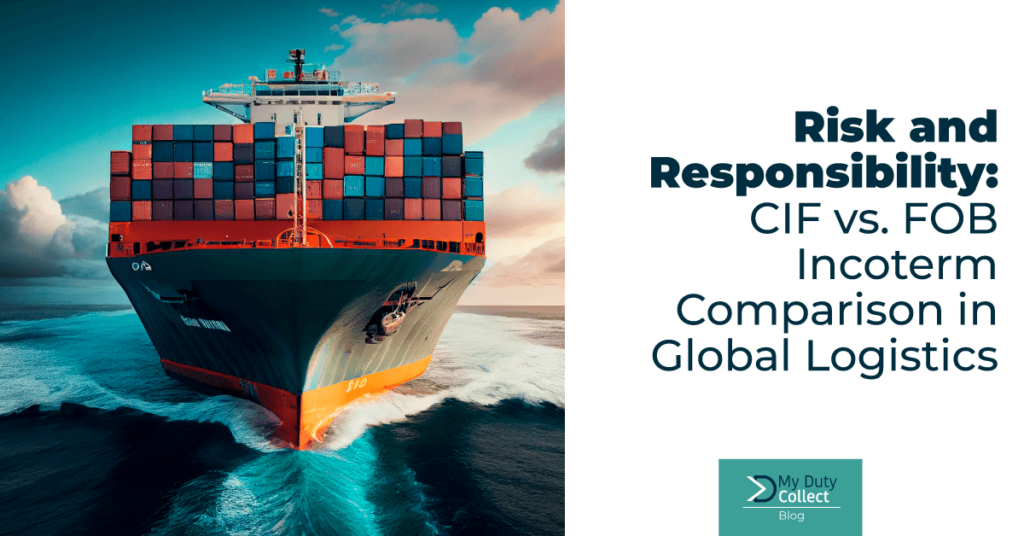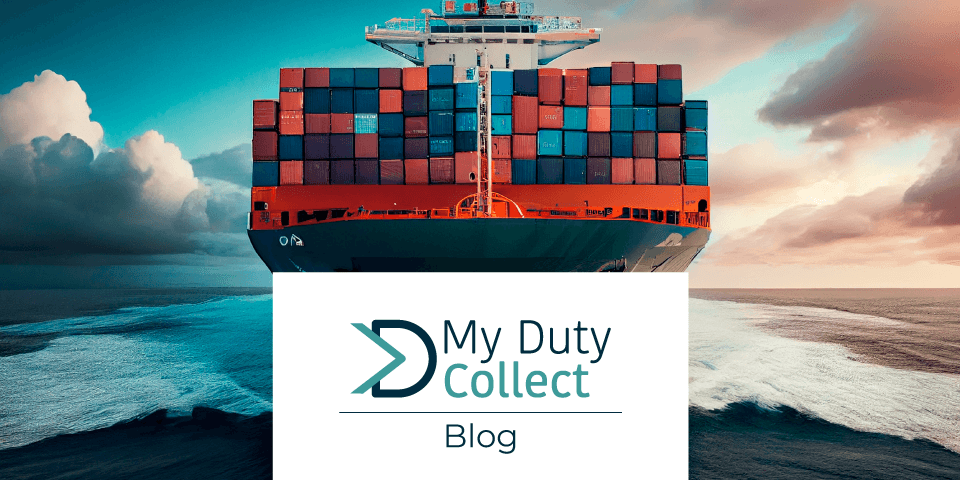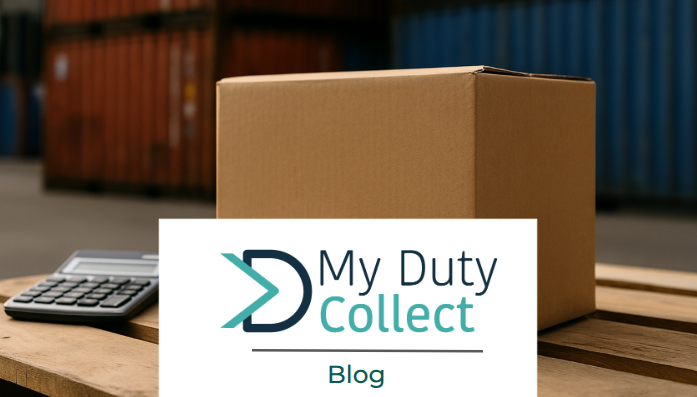In international trade, choosing the right Incoterm is a critical decision that can significantly impact the success of a transaction. Two commonly used terms, Cost, Insurance, and Freight (CIF) and Free on Board (FOB), represent different approaches to risk, responsibility, and cost allocation between buyers and sellers. This blog post delves into the CIF and FOB Incoterms, comparing their implications in global logistics, risk management, and overall trade efficiency.
–
READ MORE: IOSS and Brexit: What You Need to Know
–
Understanding CIF and FOB
CIF (Cost, Insurance, and Freight): Under CIF, the seller is responsible for delivering the goods to the port of destination, arranging and paying for freight and insurance. The buyer assumes ownership and risk when the goods are loaded onto the vessel.
FOB (Free on Board): With FOB, the seller’s responsibility ends once the goods are loaded onto the vessel at the port of origin. The buyer assumes ownership, risk, and transportation costs from that point onward.
Risk Allocation
CIF: The CIF Incoterm places a higher burden of risk on the seller. Since the seller arranges insurance, they are responsible for any damage or loss during transit. However, this can also result in higher costs for the buyer.
FOB: FOB transfers risk to the buyer earlier in the shipping process. Once the goods are loaded onto the vessel at the port of origin, any subsequent damage or loss becomes the buyer’s responsibility. This arrangement can potentially offer lower overall costs for the buyer.
Cost Considerations
CIF: Under CIF, the seller covers the costs of insurance and freight to the destination port. These expenses are often factored into the selling price, which can lead to a higher initial cost for the buyer.
FOB: FOB typically results in lower upfront costs for the buyer, as they are responsible for arranging and paying for transportation and insurance from the port of origin. However, the buyer has more control over these costs and can choose more cost-effective options.
Logistical Control
CIF: Sellers under CIF have more control over the logistics process, as they are responsible for arranging transportation and insurance. This could lead to better coordination and potentially smoother logistics.
FOB: FOB gives the buyer greater control over transportation and logistics decisions. This control can be advantageous for buyers who have preferred carriers, routes, or insurance providers.
Choosing the Right Incoterm
The choice between CIF and FOB depends on factors such as the buyer’s familiarity with the destination’s customs procedures, the level of control desired by both parties and the overall risk tolerance. FOB may be preferred by experienced buyers who are comfortable managing logistics and want more control over costs. CIF might be more suitable for buyers seeking a simpler process, as the seller takes care of insurance and transportation.

When it comes to global logistics, the choice between CIF and FOB Incoterms carries profound implications for risk, responsibility, and cost allocation. While CIF places more responsibility on the seller and can result in higher upfront costs, FOB shifts more risk and control to the buyer. Making the right choice requires a thorough understanding of each term’s implications and alignment with the priorities of both parties. By carefully evaluating these factors, businesses can make informed decisions that optimize their logistics processes and mitigate risks in international trade.
Subscribe to our blog and visit our website and LinkedIn page for more updates. You can also reach out to us by sending a message to info@mydutycollect.com. We will be delighted to hear from you.




